The European Research Council (ERC), the European Union organization that rewards talented scholars engaged in cutting-edge research, has decided to fund four projects led by researchers from the Politecnico di Milano: Fabio Ferrari with the TRACES project, Margerita Maiuri with ULYSSES, Paola Occhetta with EvOoC and Gianvito Vilé with the SAC_2.0 project. Starting Grants are awarded to early-career researchers with highly promising scientific records and two to seven years of experience since completion of their doctorate. Each project receives 1.5 million euros over a period of five years.
The research projects were selected from almost 3000 proposals submitted to ERC. This is a great result for the Politecnico, considering that this year only 13.9% of the projects submitted have obtained funding. With these four new projects, the Politecnico di Milano has now received a total of 60 ERC grants, 14 of which are Consolidator Grants. In Horizon Europe, the European Union’s 2021-2027 framework project for research and innovation, the Politecnico di Milano has, to date, achieved the outstanding result of 125 winning projects, 17 of which are with the ERC, for a total value of over 60 million euro. Polimi’s current application success rate is 19.83%, compared to about 15% at the European level. In terms of the number of winning projects, Politecnico is fifth out of all universities in the European Union (Cordis data as of 16/01/2023).
We met the four grant-winning researchers to find out more about there research. Let’s start with our meetings with the first two researchers, Margherita Maiuri and Fabio Ferrari. With the ULYSSES project, Margherita Maiuri, professor and researcher with the Politecnico di Milano’s Department of Physics, and currently visiting professor at Princeton University in the USA, proposes a new control model for improved efficiency in light-activated physical and chemical processes. ULYSSES will develop a new platform, which exploits optical nanostructures and ultra-short laser light pulses in order to manipulate molecular reactions in real time. Possible applications range from photovoltaics to photocatalysis, especially in sustainable energy uses.
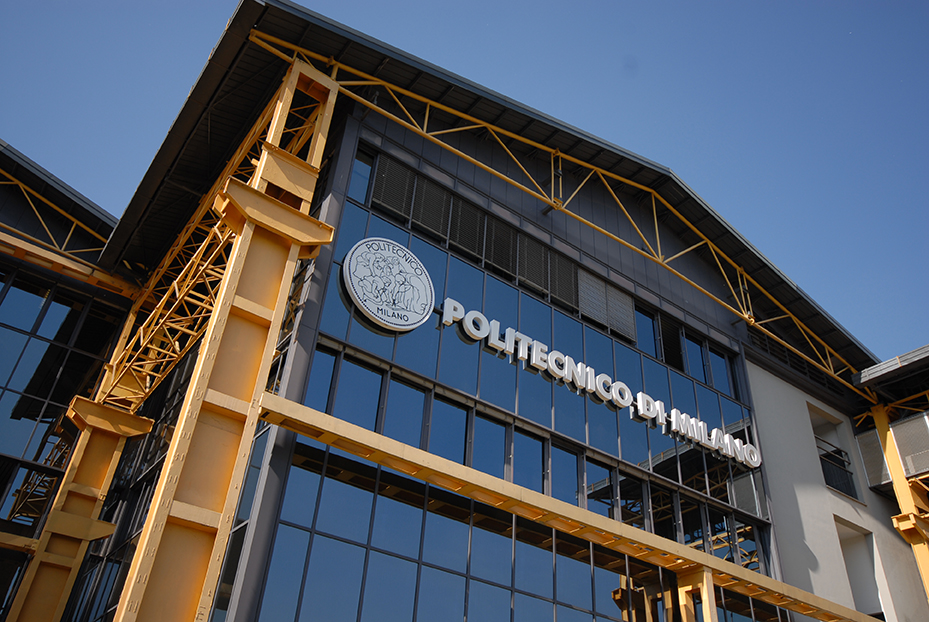
With TRACES, Fabio Ferrari, a senior researcher at the Politecnico di Milano’s Aerospace Sciences and Technologies Department, aims to study the physical and dynamic properties of asteroids, paying particular attention to the evolutionary behaviour of these bodies, whose internal and surface structure is comparable to a loose granular medium. The project involves the development of a new methodology for studying the granular mechanics of asteroids in microgravity and space conditions. TRACES will provide new theoretical and numerical tools for the study of asteroids, validated by experiments in microgravity and on the ground, using data from the NASA DART and European Space Agency Hera missions.

How did the basic idea behind your research come about?
Margherita Maiuri: «This project is highly interdisciplinary, straddling optics, molecular spectroscopy and nanophotonics, and combines my interest in research during my experiences studying and researching in the field of ultraviolet laser spectroscopy, and my more recent studies into the characterisation of new nanostructures that control light using light itself.
The idea is to propose a new way to control chemical reactions in order to improve their efficiency, through the development of a new platform made of periodic soft structures known as “metasurfaces”, which make it possible to trigger interactions between light and matter (namely chemical reactions) completely “on demand”, so they can be ignited and extinguished in real time, using light itself. To characterise these new metasurfaces and their optical response, I will develop a new type of spectroscopy that has never before been proposed».
Fabio Ferrari: «The idea arose from the discovery that we have very limited knowledge of asteroids and their dynamic and evolutive properties. In particular, the recent exploration missions to the Bennu (NASA’s OSIRIS-REx mission) and Ryugu (JAXA’s Hayabusa2 mission) have revealed some unexpected properties, the physical nature of which is yet to be fully understood. Moreover, asteroids play a fundamental role for several reasons. From the scientific point of view, asteroids are primordial witnesses to the creation of our solar system; in contrast to planets, which have been subject to differentiating evolutive processes which have significantly altered their properties, asteroids are loose aggregates of material, and have remained mainly unchanged. They are therefore fundamental to understanding the initial phases of the evolution of our solar system, and therefore also our planet. From the technological point of view, they represent a fundamental step in space exploration.
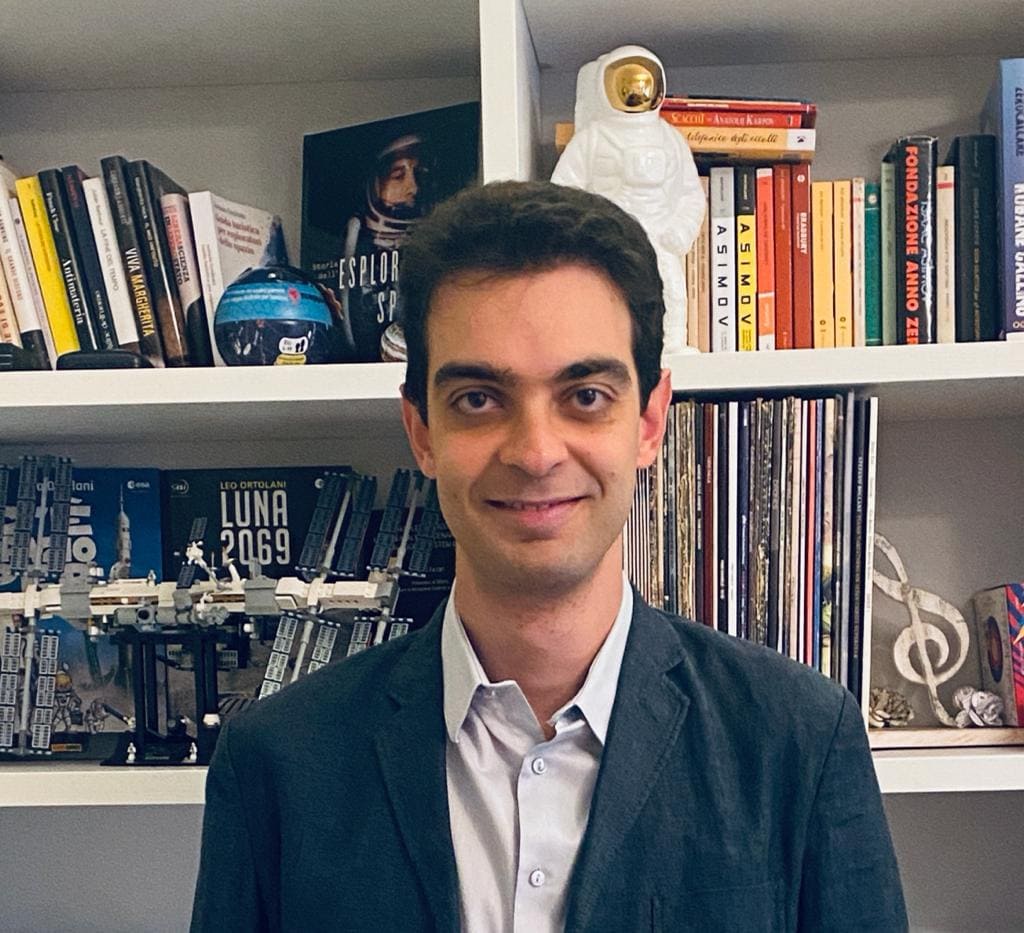
Their abundance, together with their accessibility (a mission to asteroids costs decidedly less than a mission to Mars) makes them ideal targets for the development of technologies that support space exploration to more hard-to-reach and financially challenging targets. They are also rich in fundamental raw materials for supporting human and robotic space exploration, such as water and metals. Lastly, one practical reason lies in the potential risks they pose. Over the last decades, space agencies have worked to establish programmes to monitor and mitigate possible damage caused by asteroid impacts. In this context, the NASA’s DART mission (the Scientific Team of which I am a member) stands out, having recently successfully carried out the first planetary defence test».
What future developments and what applications are expected of this research?
Fabio Ferrari: «The primary objective is to study the behaviour of a granular medium in scenarios linked to asteroid dynamics. This is basic research and it has many applications, in several fields. It is expected to have a direct impact in the field of planetary sciences and the development of space exploration. Given their peculiar nature, the surface and internal structure of asteroids can be conceived as a granular medium. It is therefore essential to understand how this behaves in the asteroid context.
From the scientific point of view, this will allow us to better understand their origin and past history, and to predict their future evolution. From the technological point of view, it will allow us to better understand how and asteroid (or its surface) may react to a solicitation caused by man (for example: an artificial impact aimed at changing its trajectory, as was the case with the DART mission; or the interaction between a robotic arm and the surface material, in the context of using and extracting mineral or water resources). There is also expected to be a general indirect impact on the enormous field that encompasses granular mechanics “on Earth”. The applications here are truly numerous and range from agriculture to industry, from process engineering to distribution and storage, and include all processes that make use of granular media, which are everywhere in our homes and industries ».
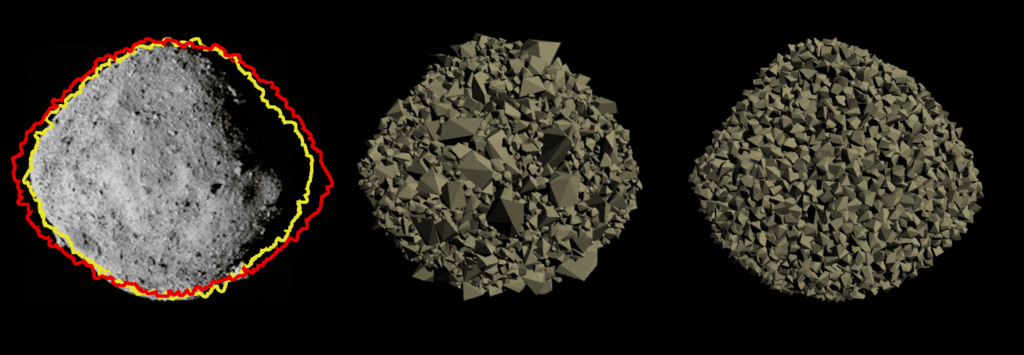
Margherita Maiuri: «The ultimate purpose of the project is to improve the efficiency of light-activated reactions, such as reactions that are induced by sunlight, for example. It therefore has direct applications in photocatalysis, photovoltaics or the development of artificial photosynthesis. There are also other technological developments that cut across the disciplines, both in optical spectroscopy and in nanophotonics. On the one hand, the introduction of a new class of metasurfaces that can be reconfigured for chemical applications, and on the other, the advancement of new multidimensional spectroscopy techniques. These elements may represent new tools that we will be able to use to in fundamental research, ranging from solid-state physics to molecular quantum chemistry».
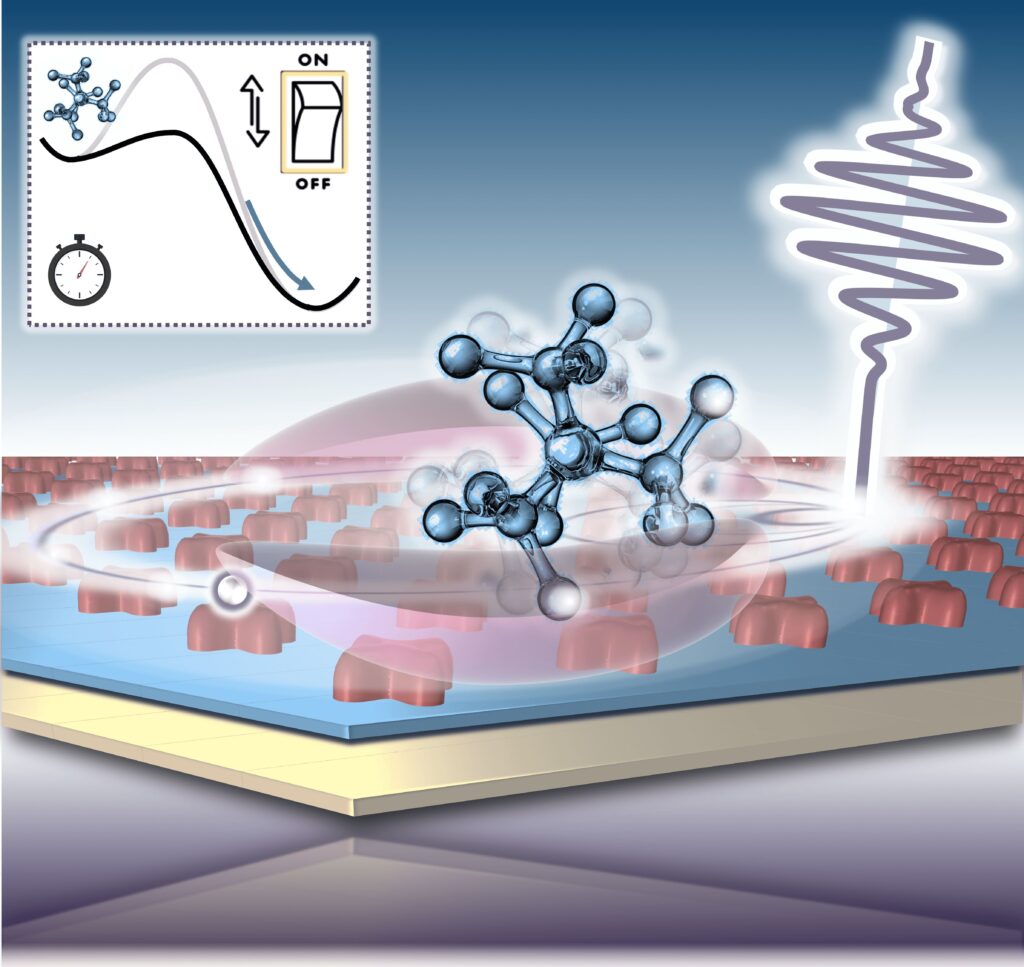
How difficult is it to win ERC funding? What satisfaction does it entail for a researcher?
Margherita Maiuri: «The ERC is a very competitive project, as the statistics tell us. You certainly need to have a good CV, but that’s not enough. The most difficult thing is defining the basic idea well enough. The project must aim to be “cutting-edge”, high-risk and high-impact research, but at the same time potentially feasible and personalised on the basis of your own scientific experiences. In addition to all this, there is also an unpredictable aspect, which depends on the commission that assesses the project, for which the way in which the idea is presented will also be fundamental. Having received the grant, it is certainly something to be personally proud of, first and foremost. The ERC is among the most prestigious scientific recognitions. But the most important thing is that it allows us young funded researchers to have complete scientific autonomy, which is not easily achieved in the Italian context. I believe in my project very much and I can’t wait to start».
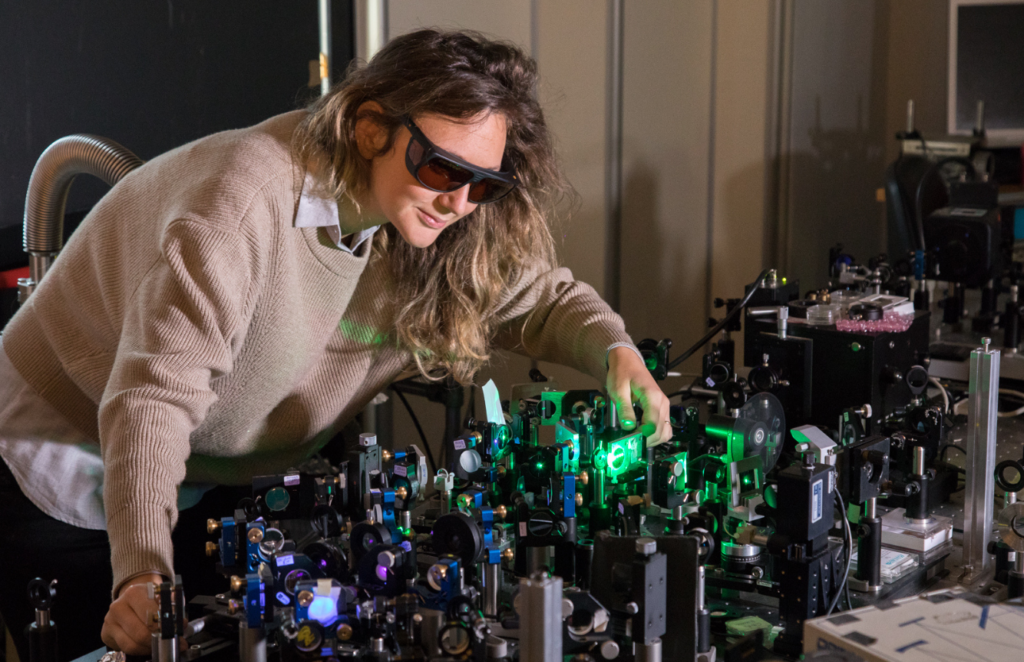
Fabio Ferrari: «The ERC is the most prestigious grant in Europe and few others in the world can compare to it. It is certainly the most sought-after recognition for a researcher working in Europe, and this is why it is also the most difficult to win! The preparative process is long and laborious, but stimulating and gratifying at the same time. You learn so much along the way, but not only in terms of deepening your knowledge of the scientific issues at the heart of the project, but also in discovering your own attitudes and giving space to your imagination and creativity. In particular, I believe that the later is the fundamental ingredient for the ERC; this grant puts you at the cutting edge of scientific research, to find a solution that no-one has found yet. It is therefore essential to give space to one’s own creativity, to imagine that which does not exist yet, and channel it through a scientifically robust structure ».
